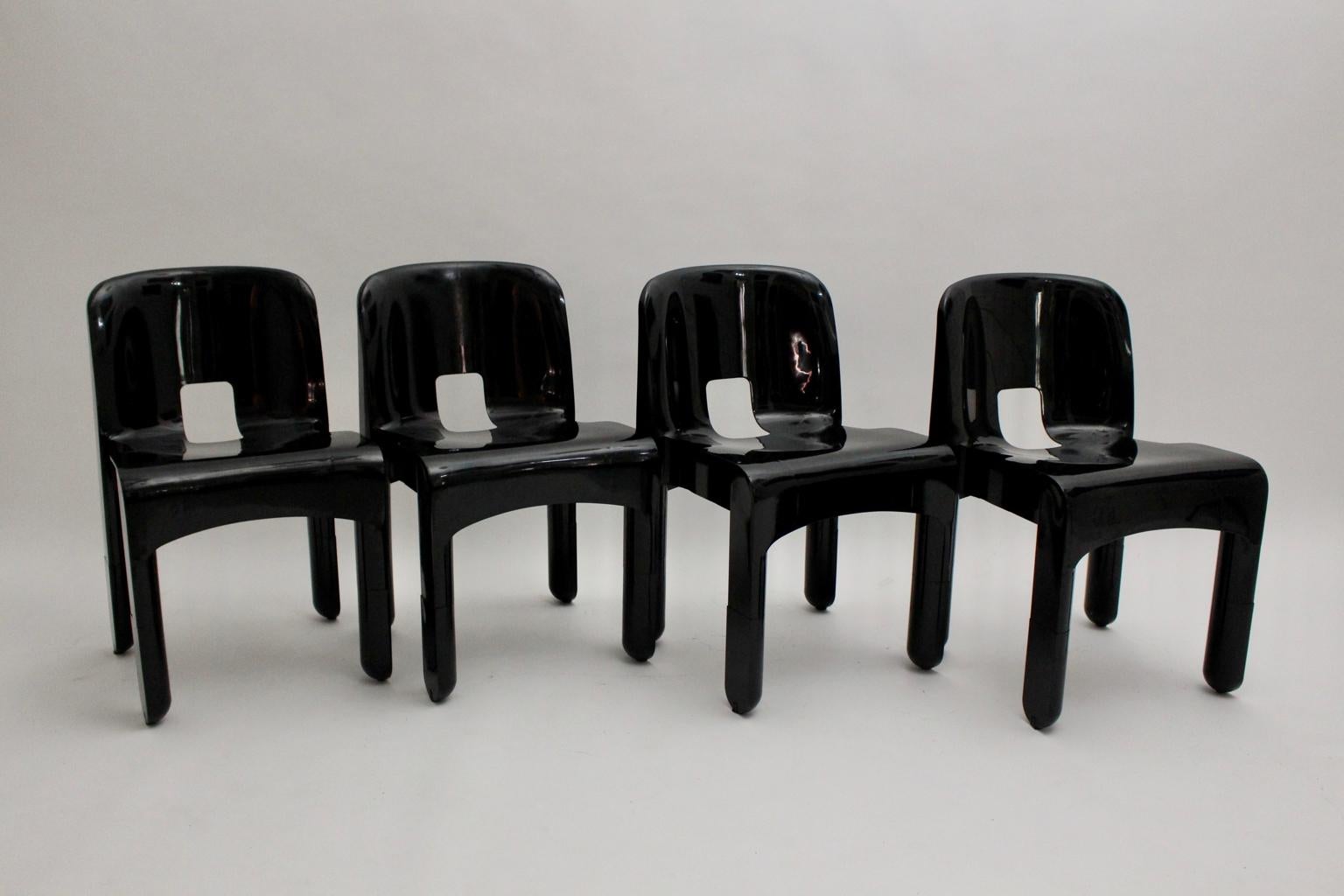

It was not just interior design and furniture design that changed drastically during the middle of the last century, but also the world of the arts, music and fashion were revolutionised. Around the same time, the American power couple Charles and Ray Eames designed iconic pieces, such as the Eames Lounge chair and the Eames plastic chairs, which look as modern and stylish today as they did 70 years ago as you can see in this minimalistic apartment I designed in Basel! Iconic design furniture from the 1960’s, including the Ball Chair, the Cone Chair and the Panton Chair Design and moreĭuring the late 1950’s and 1960’s interiors became more bold and colourful and plastic was the preferred material for modern style furniture. The Danish designer Verner Panton was one of the most influential designers of the 20th century and he created the world’s first moulded plastic chair, which was named after him – the Panton chair. In addition the 1950’s and 1960’s saw massive technological advances with the first video recorders, the first man in space and Neil Armstrong’s landing on the moon. However, as the economy started to recover and people were becoming more optimistic about the future, design also started to change. As a consequence there was a shortage for furniture much like for everything else and interior design had somewhat come to a halt. It marked an entirely new era, in particular with regards to political powers. The war had destroyed much of the industrial infrastructure, caused the European economies to collapse and left many people homeless. The 1950’s were strongly impacted by the aftermath of World War II.


Architecture, interior design and furniture design have always been strongly influenced by the socio-economic environment of the particular times. I always find it fascinating to dig a bit deeper and explore a style also from a historic point of view. There are some original pieces on the market, but there is certainly also lots of new furniture in production that imitates the furniture style of the 1960’s and 1970’s.Ĭlockwise from top left: Neil Armstrong, Winston Churchill, Charles and Ray Eames, Elvis Presley The connection between society, economy and design Add bulky shapes to the mix and you are all set for the look of the 1980’s. Retro on the other hand, I believe refers to the 1960’s up until the 1980’s. The early part of this era was defined by the material plastic, wild patterns and bold colours, such as the bright coloured Panton chairs. One typical feature of vintage furniture are the tapered (angled) wood legs on cabinets, tables and chairs, such as the Eames plastic chairs. Real vintage furniture dating back to that time is very much en vogue and at the same time continues to inspire contemporary furniture designers in their creations. Aside from some floral wallpaper and curtains, the colours were rather subdued and earthy colours were the most common. The most prominent material used during that time was wood. In my opinion vintage seeks its inspiration in the 1940’s and 1950’s, a time of war and post-war.

Interior Design in the 50’s and 60’s (image on the bottom left: Eames house, California) Vintage or retro?


 0 kommentar(er)
0 kommentar(er)
